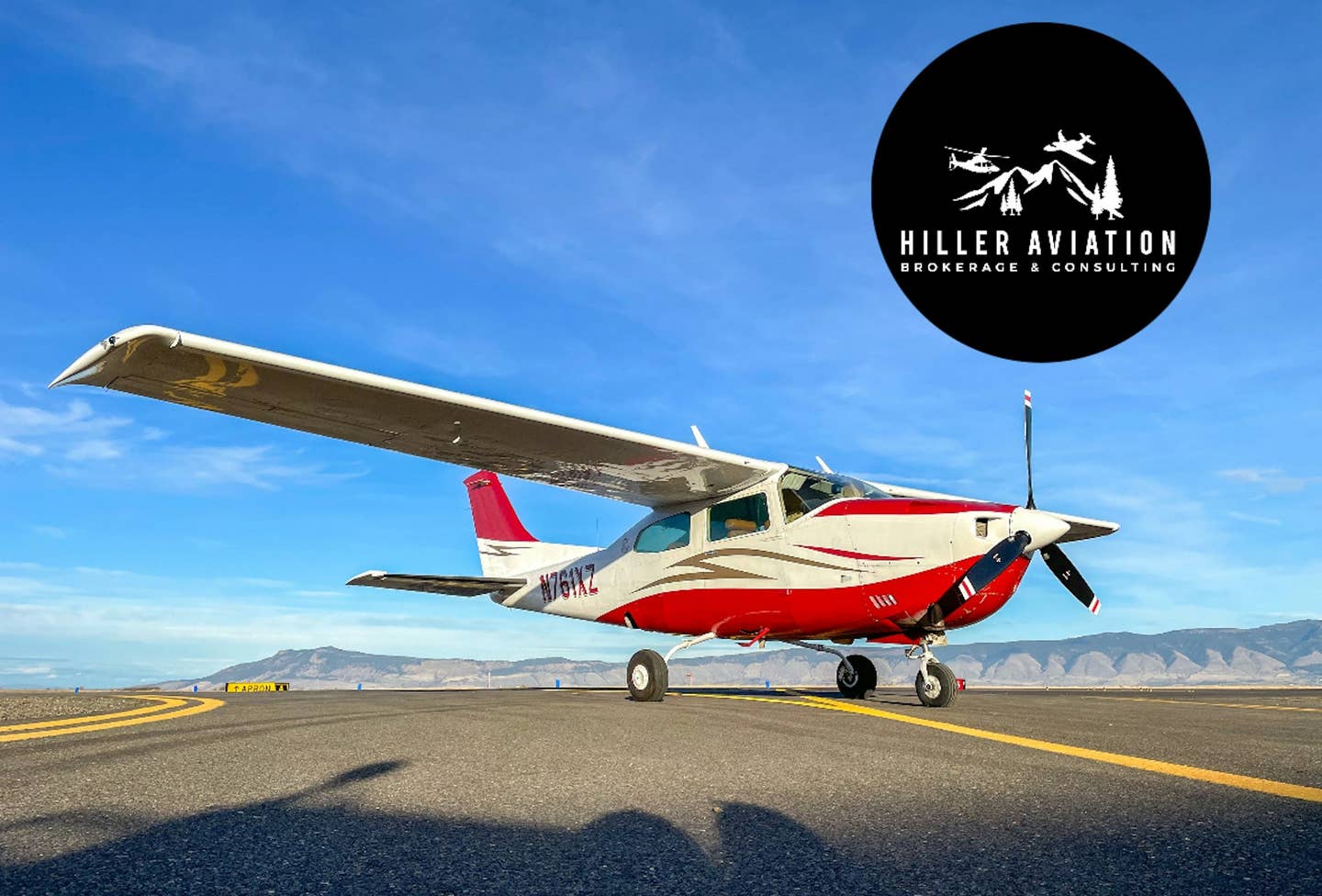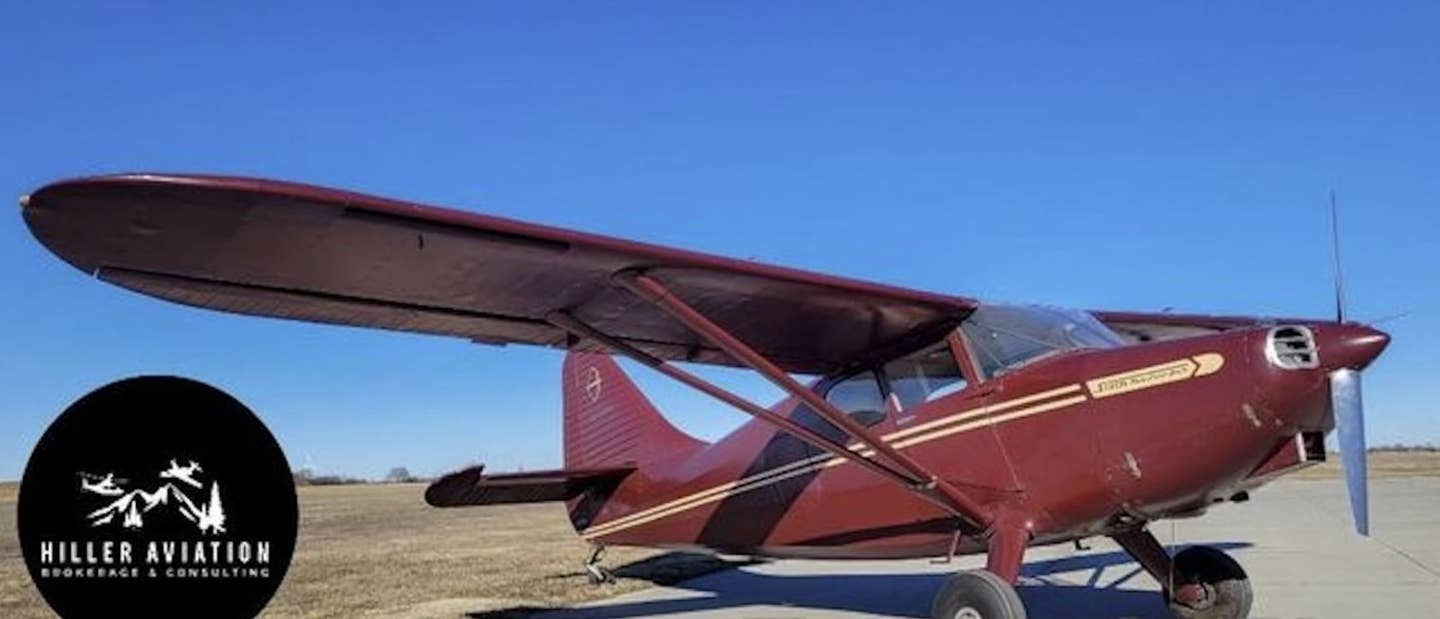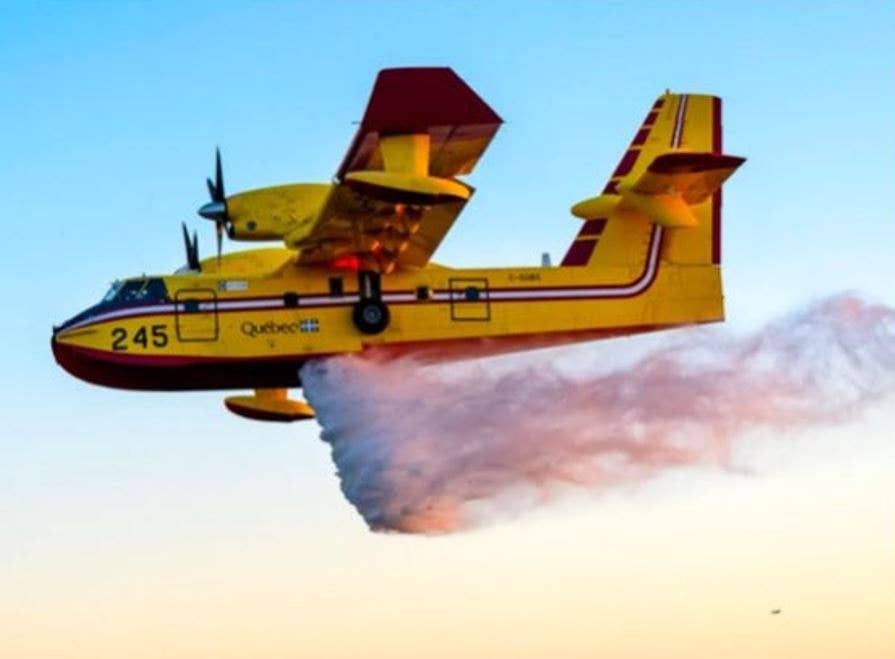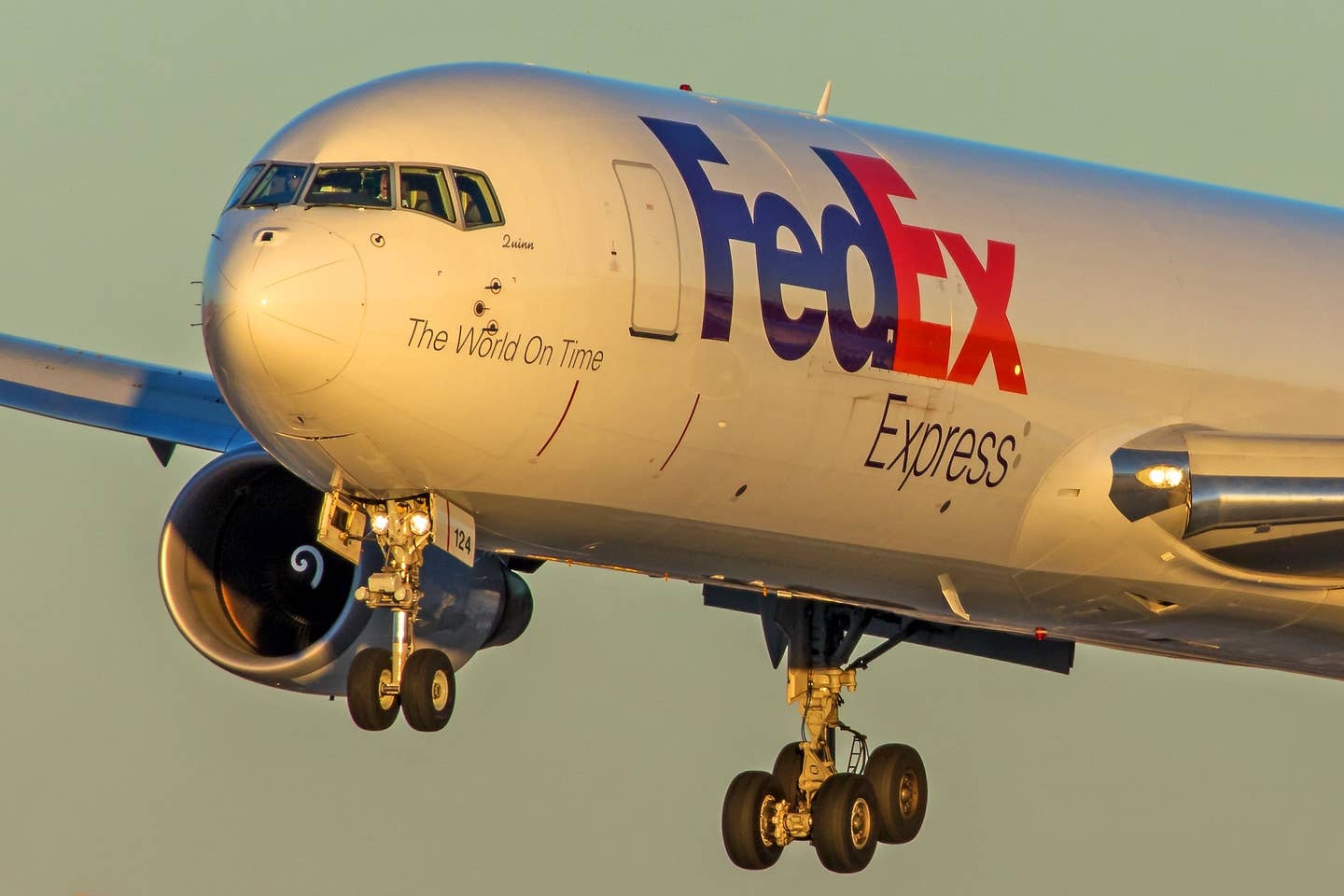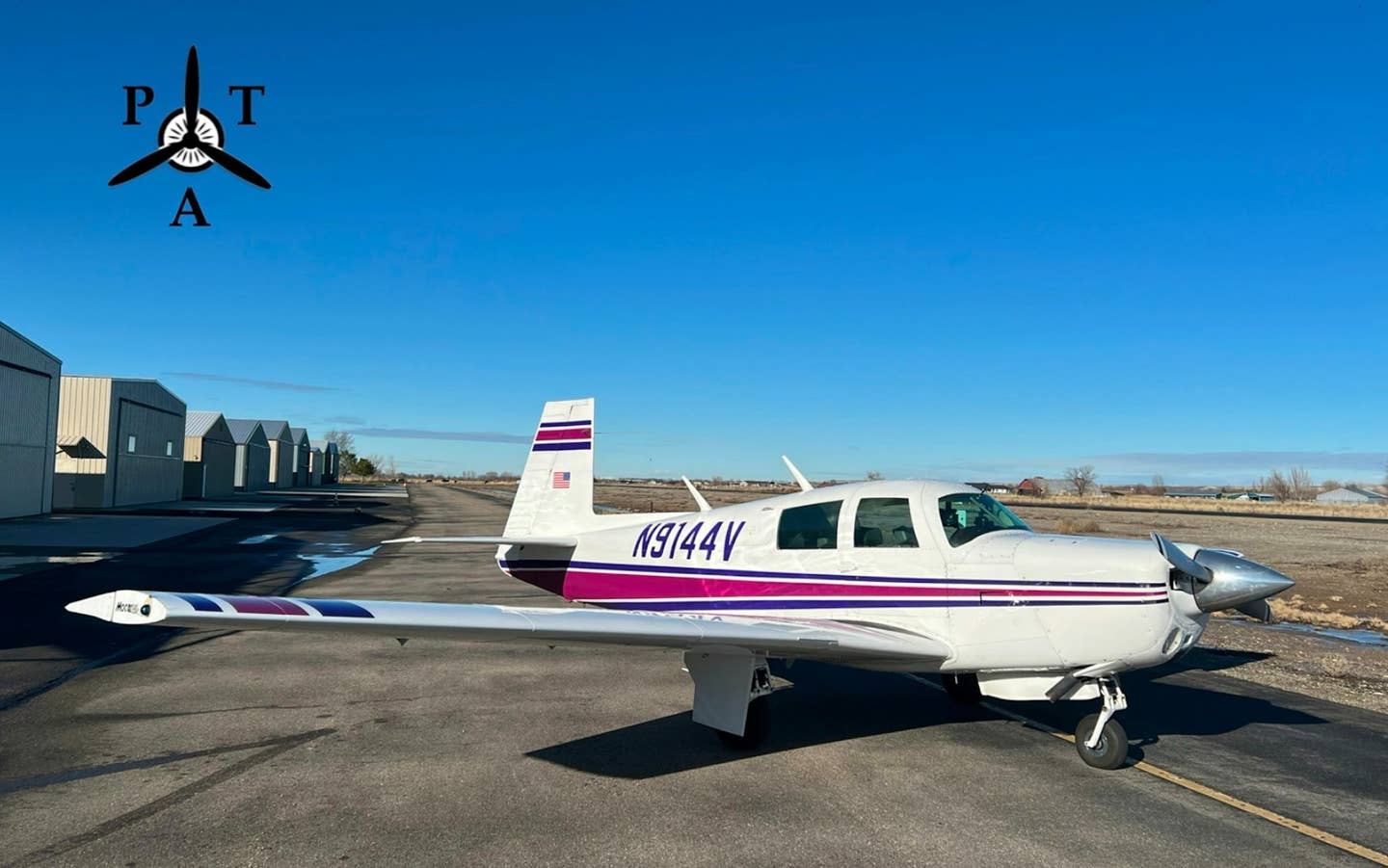
After a demo flight in a light-sport airplane a few years ago, private pilot Steve Satter decided on his first airplane purchase.
"Up until I bought the Flight Design CTLS, I had been renting standard category airplanes," explains Satter, who earned his private ticket in 2003. "I discovered that the new LSAs offered affordability compared with other new airplanes and the advanced technology I wanted — glass cockpit, XM Weather, traffic — and they cost less to run."
To make the transition to the CTLS, Satter signed up with CFI Romke Sikkem at Lockwood Aviation in Sebring, Florida.
“Romke knew the airplane inside out and guided me through the five hours of transition training. It was well worth it.”
A south Florida resident, Satter subsequently flew all over Florida and on longer cross-country trips to South Carolina and Tennessee, putting almost 300 hours on the CTLS in just over a year.
“It was a great experience all the way around,” he says.
It’s not as easy for some, says Sikkem, one of the first designated examiners for the Sport Pilot certificate.
“Experienced pilots transitioning from standard category airplanes tend to struggle more with landings than do students who learn to fly in an LSA,” Sikkem says. “They often say it’s a ‘tiny airplane so it will be a piece of cake’ … but soon realize when they make a bad landing in the LSA that they can’t get away with what they could in, say, a 172.”
And why Lockwood Aviation's school requires a minimum of three to five hours of transition training.
Pilots who haven’t flown in a while due to a medical certificate lapse generally need anywhere from five to 10 hours to become familiar with the flying characteristics of LSAs, says Sikkem. For current pilots, it can be up to five hours.
In a nutshell, thanks to having less mass, LSAs have less inertia and feel the effects of turbulence and varying wind conditions during approach and landing more than the heavier airplanes do. Because of this, the landing flare is different from that of a heavier airplane, requiring, generally speaking, more precise flying than do Part 23 singles. Also, the sight picture in LSAs is different from what most pilots are used to — and LSAs tend to be more responsive on the controls.
Jim Graber, owner of aviation insurance company Alexander Aviation, has 3,000 hours logged flying standard cat airplanes and has received training in several S-LSAs.
“Each of the LSAs was much more responsive than its larger counterparts and required a higher degree of fundamental airmanship than I had used in many years,” Graber admits. “In fact, when my instructor said I was good to go, I went ahead and had a couple more hours of training.”
That extra caution might have something to do with what Graber sees on the job.
“Pilots transitioning from standard category airplanes to LSAs seem to have more problems than new pilots starting out in LSAs because the experienced pilots have to ‘unlearn’ the habits that heavier airplanes can be more forgiving of,” Graber says. “More precision is needed to perform proper crosswind technique, to make coordinated turns and to respond to the wind conditions, for example.”
Graber found the transition from “wheel to stick wonderful.” And the pilots Sikkem has trained find the airplanes surprisingly capable, sophisticated and fun to fly too.
“Once they make the transition, a lot of private pilots rent our LSAs over their usual standard category rentals because they thoroughly enjoy flying them.”

Sign-up for newsletters & special offers!
Get the latest FLYING stories & special offers delivered directly to your inbox

